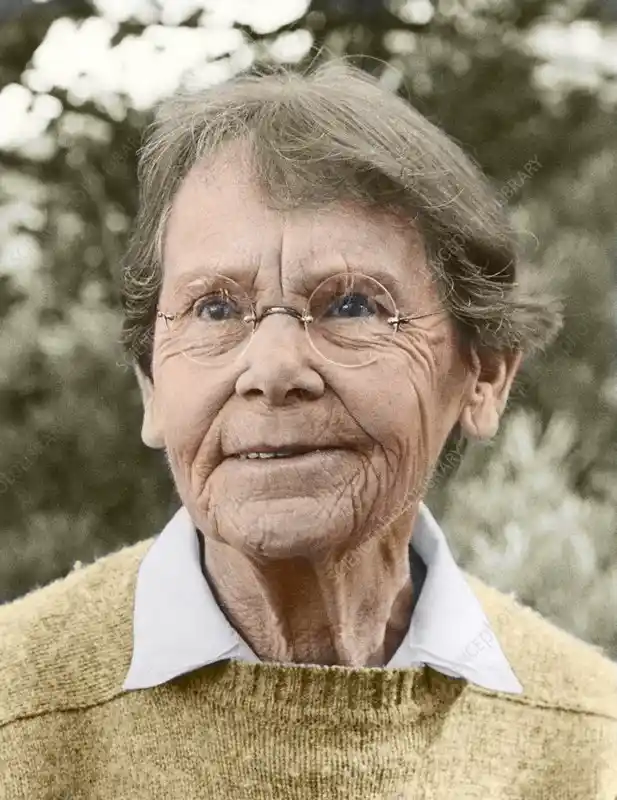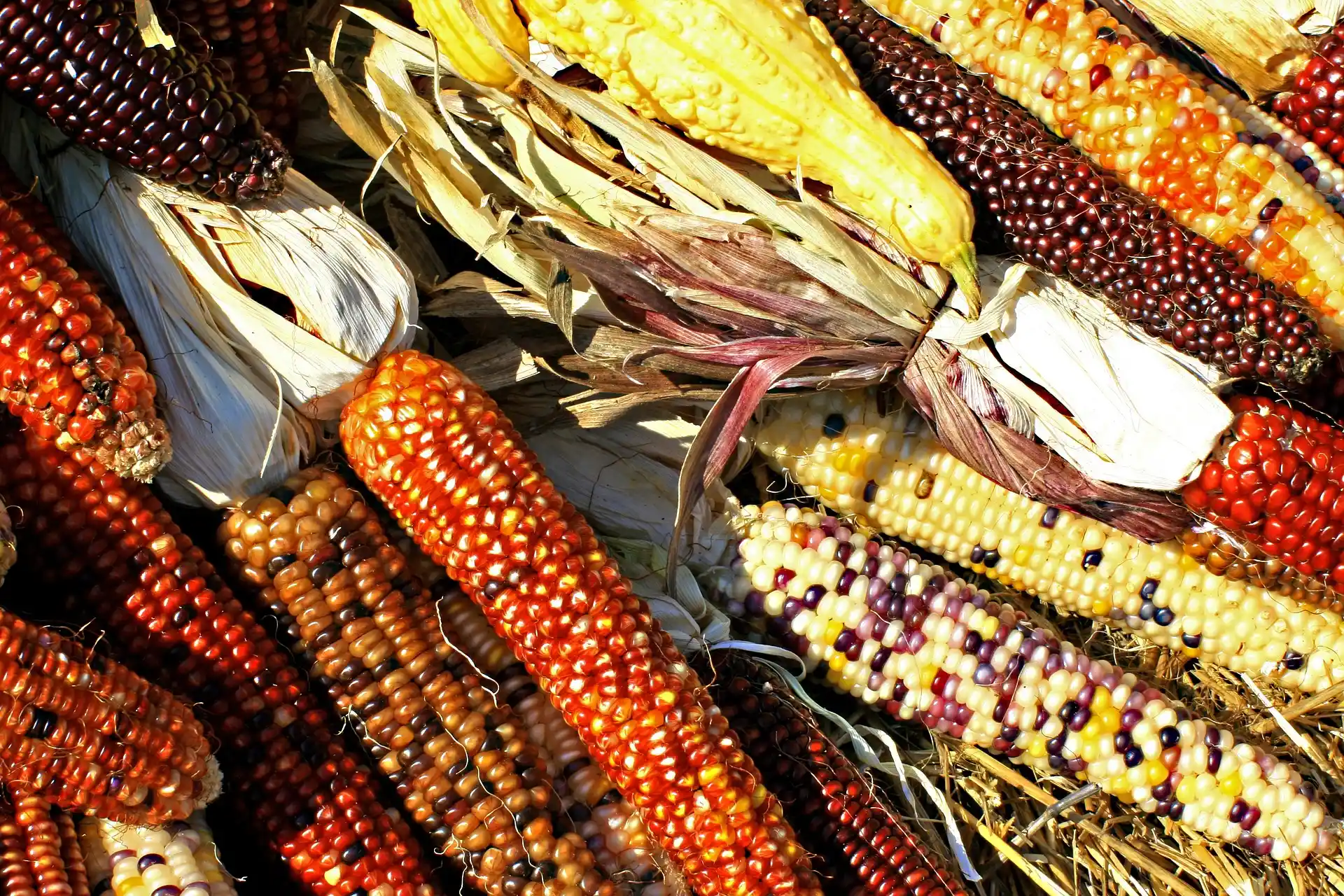

An American geneticist that helped further the work chromosomes, and what would eventually become known as meiosis.

Born: 16th June 1902 | Died: 2nd September 1992.
Barbara McClintock was an American geneticist who made discoveries about chromosomes and how elements of those chromosomes can change position and make the next chromosome active or inactive. Her work on stain techniques allowed future scientists break the mould of DNA, and these processes in the 1930s proved that there was chromosomal crossover, which we know today as being part of the process of meiosis.
Born in June 1902, Barbara was christened Eleanor McClintock, but her parents soon began calling her Barbara, as they thought that Eleanor was too feminine a name. Barbara stuck, and she was the third of four children by Thomas Henry McClintock and Sara Handy. In 1908, she started school in Hartford, after spending time with her Aunt and Uncle in Massachusetts.
Spending most of her early years being independent and solitary, she found a love of science in high school, and in 1919 she began studies at Cornell's College of Agriculture. Her acadaemia showed promise, and she narrowed down to genetics, where she took her first botanic class in 1921, and later received a B.S. and a P.hD. in 1923 and 1927, respectively, both for botany. She became a member of a group that studied maize cytogenetics.
Her early work between 1929 and 1935 was quite revolutionary. For maize cytogenetics, she was responsible for ten out of seventeen advancements made by Cornell scientists. McClintock was appointed the role of instructor in the Botany Department at Cornell, and her look at cytogenetics was constantly revealing more and more about the genetic structure and code that we now take for granted for knowing.
It was in 1931 that McClintock proved the correlation between the crossing over of chromatids and recombination of genetic traits during meiosis. This was the first time there was physical evidence of this, as previous scientists had theorized this information. She also found, in 1933, that the 'stickiness' of chromosomes with no end parts had a specialised structure - the introduction of telomeres - and proved this was for chromosomal stability.
McClintock also observed the rejoining of chromosomes while viewing irradiated maize cells. This led to the discovery of one of the key mechanisms of genetic instability and large-scale mutation. She had witnessed the breakage-fusion-bridge (BFB) cycle. Being a key mechanism for mutations, this is still researched today in cancer research techniques.

Whilst working at the University of Missouri, McClintock felt unsettled, and although she continued to work on her research, she found it more and more difficult to do this due to her position there. She eventually left her position and headed for the Carnegie Institution of Washington's Cold Spring Harbour Laboratory, where some of her most impressive work was done. During the 1940s and 50s, she worked more on maize cells, and discovered loci that could transposeTo change the position of something. on the chromosome that allowed the maize to change colour.
This work led to the theory of, and the eventual discovery of the fact this information could explain the differentiation of cells sharing an identical genome. Although this was eventually accepted as a ruling, it wasn't until later in the century (the 1960s and 1970s) that it became more widely accepted.
Her life was not without award. She received multiple awards for the work she undertook for cytogenetics. When she retired in 1967 from Carnegie, she was made a Distinguished Service Member, and continued her work. She was the first woman to receive the National Medal of ScienceAn honour bestowed by the President of the United States of America for important contributions in the scientific field. and in 1981 was the first person to receive the "genius" grant, which was then called the MacArthur Foundation Grant. She then won the Nobel Peace Prize in 1983, which was her most notable award, for her work on transposable elements. She was the first woman to receive the award, and the first American woman to win this unshared.
At the grand age of 90, in September 1992, McClintock died. She had a full life, full of discovery, and her legacy having unearthed so much about genetics is invaluable.
Disclaimer | About Me | Sitemap
Website design by SyntaxHTML.



Blue icons adapted from icons courtesy of Smashicons.com